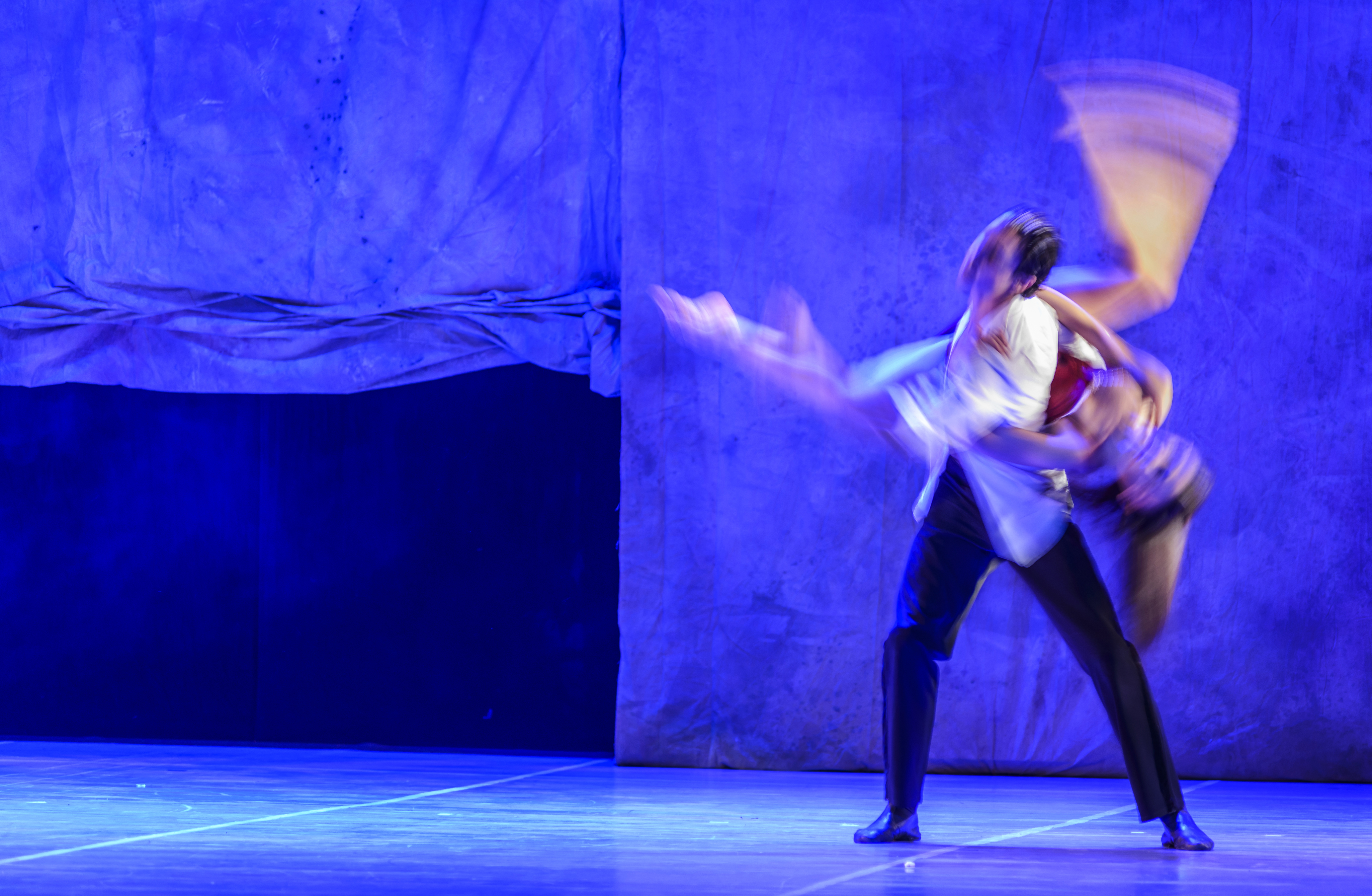
Arts and culture contribute to quality of life and anchor newcomers in rural areas
In a new study, two researchers take a close look at cultural life in rural areas. The results show that art and culture have an impact on local communities.
Arts and culture have a positive impact on both society and its citizens in various ways. This is also true for rural areas.
Although many people think of cultural activities as being centered in the larger cities, rural cultural life is characterized by a wide variety of cultural types, ranging from concerts and festivals to visual art exhibitions and design markets.
- Cultural activities in rural areas are often rooted in a culture of volunteerism and creativity, based on a tradition of, and often a necessity for, making things yourself," says rural researcher Pia Heike Johansen.
Together with PhD student Morten Frølund, she has just completed a new study in which they investigated the importance of cultural life for local areas and how policy initiatives support cultural activities.
Culture provides quality of life and community
The study is based on 15 cultural cases in the Central Denmark Region, North Denmark Region and Region of Southern Denmark. The results show that art and cultural life is important for rural areas in several areas.
Among other things, cultural activities contribute to the quality of life in local areas by giving people the opportunity to participate in and help create the activities themselves, explains Pia Heike Johansen.
- Art and culture create communities through meeting places and working communities. Cultural activities also expand communities as they include locals and volunteers outside the geographical local area.
Contribution to migration
The study also shows that these communities also benefit newcomers. Cultural activities can make local areas attractive by giving newcomers a foothold in the social life and everyday life of the area.
- In addition to doing something good for new residents and their quality of life, cultural activities can also contribute to the area's economy by attracting tourists and visitors, creating jobs and trade and securing income for cultural operators, says Morten Frølund.
He points out that cultural activities both create and use local cultural heritage. Therefore, the activities also help shape the area's identity and citizens' emotional attachment to the area.
Cultural policies matter
In a previous study, the two researchers investigated the cultural offerings and cultural consumption in the three regions. The study showed that there is great variation in the amount of cultural offerings across parishes and municipalities, just as there is great variation in the type of cultural offerings that exist in the different municipalities.
Policy recommendations
The study identifies 6 policy recommendations:
- Cultural policies should respect and facilitate the local distinctiveness and autonomy of cultural activities
- Cultural policies should develop models where access to financial resources is facilitated, for example through more widespread operational support, facilitation of revenue opportunities or by making the possibility of project funding clear and easy to apply for at short notice
- Cultural policies should ensure access to physical facilities where cultural activities can create their own meeting places, for example by making buildings available or facilitating purchases
Since both cultural users and cultural actors are not bound by municipal boundaries, the researchers suggest that cultural policies that are limited to a defined area have a number of disadvantages.
- If cultural policies are limited to municipal boundaries, for example, they risk creating an organizational mismatch between the practice of cultural activity and the political framework.
- In addition, there is also a risk of losing the opportunity to brand across and create synergy between activities, says Pia Heike Johansen.
However, she states that it is also important that cultural actors are independent and that cultural policies should both respect and facilitate the local distinctiveness of cultural activities.
- Therefore, cultural policies should also support the creation of place-specific experiences and memories, she concludes.
The results of the study are presented in the report 'Cultural life in rural areas'. Read the report here (Danish)
About the study
The study was launched by the University of Southern Denmark in collaboration with the Central Denmark Region, North Denmark Region, Region of Southern Denmark and the Danish Agency for Culture and Palaces in 2020-2023. Its purpose is to contribute new knowledge about cultural life in rural areas and bring this knowledge into play in concrete proposals for initiatives that can support cultural life as a player in rural development.
The study supplements the quantitative study presented in the report "Kulturforbrug og kulturaktiviteter i Region Nordjylland, Region Midtjylland og Region Syddanmark - ligheder og forskelle" from 2021. Read the report here
Meet the researcher
Pia Heike Johansen is a rural researcher at the Danish Centre for Rural Research. Her research interests include business and cultural life in rural areas and rural-urban relations with a focus on landscape.
Meet the researcher
Morten Frølund is a PhD student at the Danish Centre for Rural Research, where he studies landscape-based art in rural areas and its relation to cultural heritage and the sensed landscape.